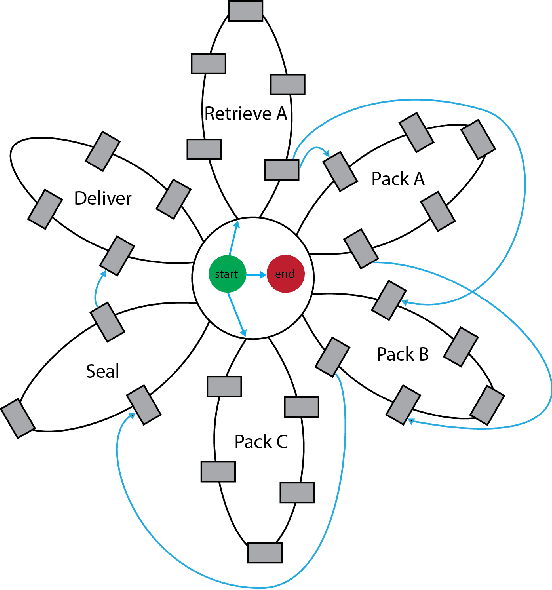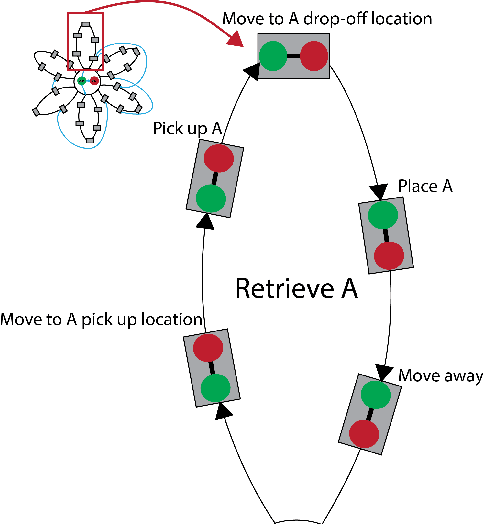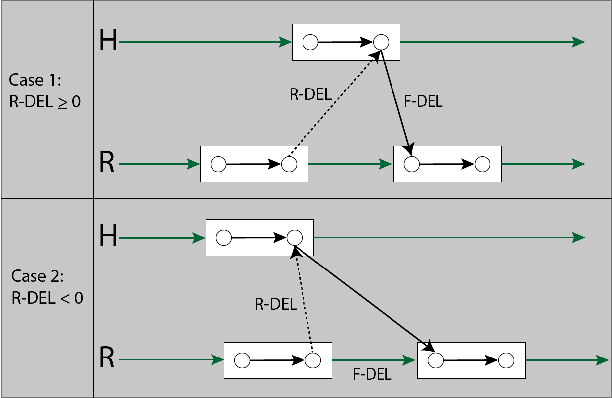James C. Boerkoel Jr
Modeling Human Temporal Uncertainty in Human-Agent Teams
Oct 09, 2020



Abstract:Automated scheduling is potentially a very useful tool for facilitating efficient, intuitive interactions between a robot and a human teammate. However, a current gapin automated scheduling is that it is not well understood how to best represent the timing uncertainty that human teammates introduce. This paper attempts to address this gap by designing an online human-robot collaborative packaging game that we use to build a model of human timing uncertainty from a population of crowd-workers. We conclude that heavy-tailed distributions are the best models of human temporal uncertainty, with a Log-Normal distribution achieving the best fit to our experimental data. We discuss how these results along with our collaborative online game will inform and facilitate future explorations into scheduling for improved human-robot fluency.
MAD-TN: A Tool for Measuring Fluency in Human-Robot Collaboration
Sep 14, 2019


Abstract:Fluency is an important metric in Human-Robot Interaction (HRI) that describes the coordination with which humans and robots collaborate on a task. Fluency is inherently linked to the timing of the task, making temporal constraint networks a promising way to model and measure fluency. We show that the Multi-Agent Daisy Temporal Network (MAD-TN) formulation, which expands on an existing concept of daisy-structured networks, is both an effective model of human-robot collaboration and a natural way to measure a number of existing fluency metrics. The MAD-TN model highlights new metrics that we hypothesize will strongly correlate with human teammates' perception of fluency.
 Add to Chrome
Add to Chrome Add to Firefox
Add to Firefox Add to Edge
Add to Edge